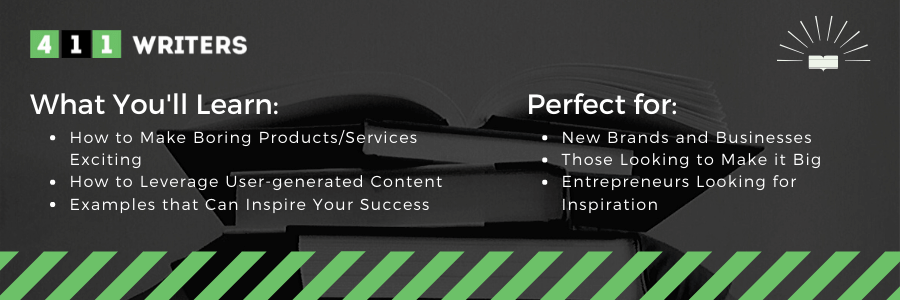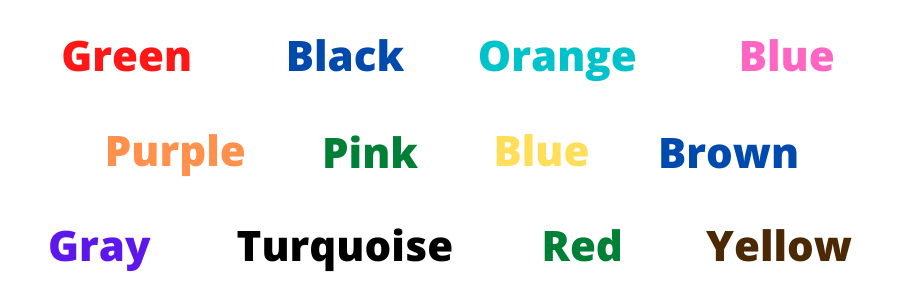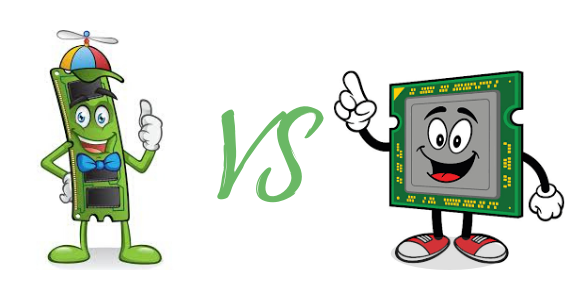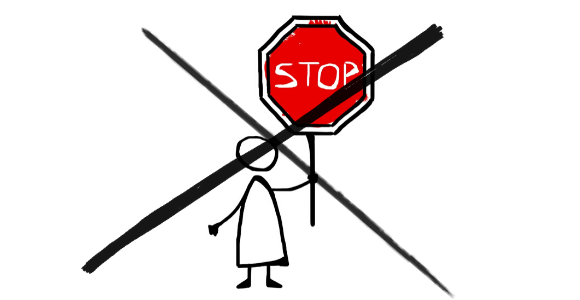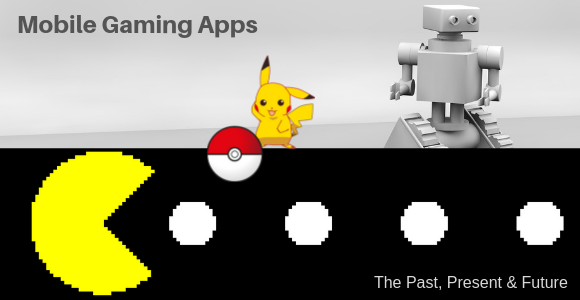According to the dictionary, the word prime, means, “to prepare someone for a situation, so that they know what to do.” In a relatively twisted way, that’s exactly what priming marketing does to people. It prepares them to make a particular purchase or complete a specific action. The trick is, those people don’t always know they are being primed until they come back home with a shopping bag containing things they didn’t really need. Yep, we’ve all been there. Welcome to priming in advertising, the intersection of psychology, and smart content writing.
What Is Priming in Advertising
Spoiler alert: our content writing agency often uses it, and since I’ve already briefly touched on priming in a previous blog for psychological marketing tricks, here’s the TL;DR of it:
In marketing, priming is the subconscious reaction of a person to certain stimuli that impacts their conscious decision to new stimuli.
For example, if I say blue, it is more likely you’d think of the sky or the ocean, rather than of a chair. If you play soothing jazz at your speakeasy bar, people are more likely to stay longer and order more cocktails. If you land on a green landing page selling laptops, you’ll probably end up buying a discounted one. It is all about associations that happen in the cerebellum — the fancy word that describes your subconscious brain.
Why Priming Matters to Marketers and Content Creators
Let’s play a game
I’d like to make something very clear: priming can be an extremely powerful conversion tool that can seamlessly move your clients/target audience from one end of the funnel to the other. Priming marketing relies on subconscious associations, and I’ll demonstrate to you how these work with a simple game, also known as The Stroop Test.
The game takes less than 60 seconds: just read the words below and try to time how long it takes you to say the colors that those words are written in (e.g., if it says mouse, you need to say green).
Start with these:
Not so hard, is it?
Now, try these:
Unless you are too smart for this world, you will notice the second batch takes more time and conscious effort to go through. This happens because the second group of words contains a stimulus that doesn’t correspond with what you’re seeing. It says green, but it’s colored in RED. Your subconscious does the Jackie Chan meme and starts fighting you, so it takes more time to separate what’s written and how it’s colored.
And since I mentioned RED, you’re now probably making associations with that color. Once you think of RED, you start thinking of RED things, too. I asked my colleagues at 411writers for their initial associations, so let’s compare.
Did you, by any chance, think of:
- Love
- Wine
- Roses
- Lipstick
- Anger
- Cherries
- Ketchup
- Blood
- Danger
- The stop sign
- The dark side (Any “Star Wars” fans here?)
- Ned from “The Try Guys”
Chances are, you thought of at least one of these. And if different people from different backgrounds came up with the same response, it is suddenly clear how one ad can drive hundreds if not thousands of people to complete the same action.
So, How to Use Priming to Your Advantage
Now that you experienced priming yourself, we can move on to you applying the same effects to your target clients. I’ll keep it to the point, so let’s see some techniques you or your marketing/content writing agency can readily use.
#1 Direct Attribute Priming
While researching the topic, I read about a study that perfectly paints the picture of direct product attribute priming. In it, researchers approached two groups of customers looking to buy a laptop. The first half were asked about their laptop processor needs, and the second group was asked about their memory needs. The questions were not leading toward promoting a certain brand, they were plain inquiries to establish the preferences of the customers.
And what do you know, the group that was asked about processor configuration bought laptops with higher processor speeds, while the ones who were asked about memory ended up purchasing models with greater memory storage.
What does this teach us?
It’s not about apparent selling, but asking the right question. That way, the client puts more weight on a certain feature (based on the question), and unknowingly, looks for a product/service that emphasizes this feature. With this simple technique, you can create associations in the minds of your target clients, so it heightens the importance of your product or service strengths.
Aside from direct questions, where else can you apply this type of priming?
- Ad headlines
- Ad copy
- Strategic product/service images
As you can see, your digital marketing team or the content writing agency you’re working with all need to be on the same page about leveraging priming the right way.
#2 Indirect Attribute Priming
Okay, remember earlier when I talked about jazz music to relax people, so they stay longer and order more cocktails at your bar? This is indirect attribute priming. It is promoting the setting you have created without actually promoting it. Jazz invokes thoughts of comfort and fine bar-ing (if that’s even a word), which is what speakeasy places are all about. It would be the same if you played French music at your bistro, so people would choose among your selection of fine French wines.
#3 Positive Priming Only
They say there is no such thing as bad advertising, but not when it comes to priming. Don’t use words that people wouldn’t associate with your product or service strengths. If you’re selling family vacation packages, it wouldn’t be smart to use ads like “not every holiday should be about adventure.”
True, families may not be looking for adventure when booking a trip, but by using such copy, you make it sound like they have to choose between a boring family holiday and a vacation adventure. You’re creating FOMO that works against you. They might want to seek other options that offer both the comfort of family travel and the perks of adventure trips.
#4 “The furniture store”
I’ve discovered that psychological marketing tricks are best understood through examples, so I’ll use one here as well. There are tales of a furniture shop that decided to split test two branding options and check how that would influence the purchasing decisions of their customers.
To do the experiment, they created two different landing pages, one designed to include clouds, and one to use pennies in the background. The result was pretty straightforward — those who saw the clouds, bought sofas that promoted softness and better comfort, while the people who saw the pennies decided to purchase a budget-friendly sofa.
The lesson? All elements in how you brand your business need to complement the key selling point you are promoting. That includes the colors, language, and images you use. An important note in that regard, if you work with a single content writing agency to craft your copy, the chances of discrepancies across your content are lower than if you hire different writers each time. Keep that in mind when strategizing your content.
That’s All, Folks
I hope you got the essence of priming in advertising, and how useful it can be once you understand how it works. Since it is such an innate human function, you have probably already done some priming in your work without realizing it. At least now, you and your content team have more techniques to apply and experiment with. Good luck!
I’d love your feedback on the topic and, as always, till next time.
T.



